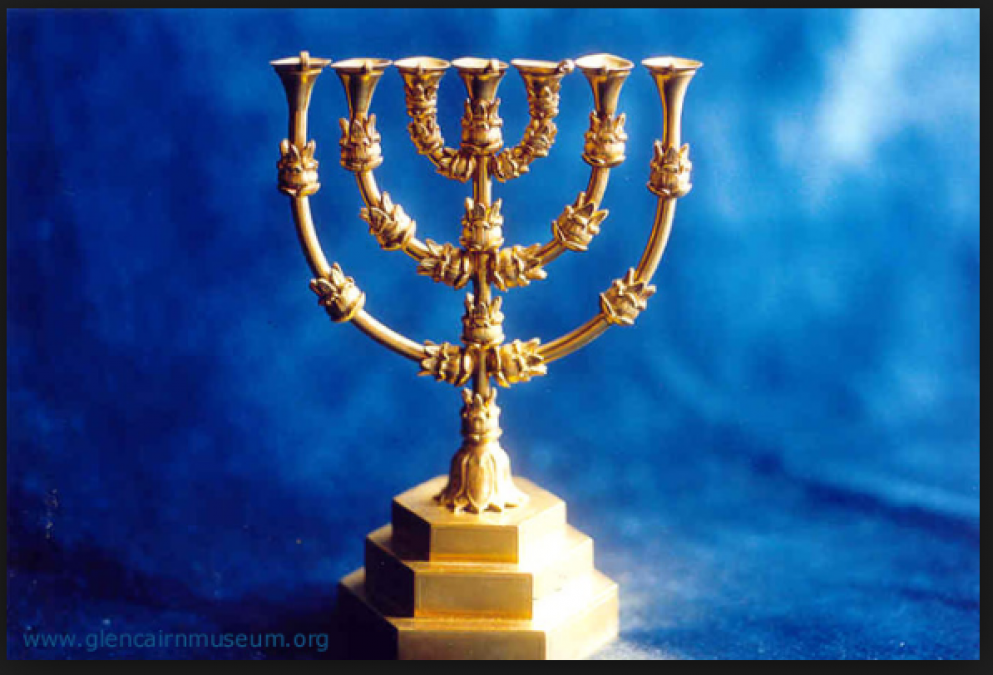
The golden lampstand in the wilderness tabernacle provided light for the holy place, but it was also steeped in religious symbolism. While all the elements inside the tabernacle's tent of meeting were made of gold, the lampstand alone— also known as the menorah, golden candlestick and candelabrum—was constructed of solid gold. The gold for this sacred furniture was given to the Israelites by the Egyptians, when the Jews fled Egypt (Exodus 12:35).
also read Christian hypocrisy: what it means and how it drives people
Characteristics of the Golden Lampstand God told Moses to make the lampstand from one piece, hammering in its details. No dimensions are given for this object, but its total weight was one talent, or about 75 pounds of solid gold. The lampstand had a center column with six branches extending from it on each side. These arms resembled the branches on an almond tree, with ornamental knobs, ending in a stylized flower at the top.
Although this object is sometimes referred to as a candlestick, it was actually an oil lamp and did not use candles. Each of the flower-shaped cups held a measure of olive oil and a cloth wick. Like ancient pottery oil lamps, its wick became saturated with oil, was lit, and gave off a small flame. Aaron and his sons, who were designated priests, were to keep the lamps burning continually. The golden lampstand was placed on the south side in the holy place, opposite the table of showbread. Because this chamber had no windows, the lampstand was the only source of light. Later, this type of lampstand was used in the temple in Jerusalem and in synagogues. Also called by the Hebrew term menorah, these lampstands are still used today in Jewish homes for religious ceremonies.
Symbolism of the Golden Lampstand: In the courtyard outside the tabernacle tent, all items were made of common bronze, but inside the tent, close to God, they were precious gold, symbolizing deity and holiness. God chose the resemblance of the lampstand to almond branches for a reason. The almond tree blooms very early in the Middle East, in late January or February. Its Hebrew root word, shaked, means "to hasten," telling the Israelites that God is quick to fulfill his promises. Aaron's staff, which was a piece of almond wood, miraculously budded, bloomed, and produced almonds, indicating that God chose him as high priest. (Numbers 17:8) That rod was later put inside the ark of the covenant, which was kept in the tabernacle holy of holies, as a reminder of God's faithfulness to his people. Like all the other tabernacle furniture, the golden lampstand was a foreshadowing of Jesus Christ, the future Messiah. It gave forth light.
also read These zodiacs sign girls are fickle in nature; breaks all records on doing fun